Disambiguating between Plaque-Induced Gingivitis and Stage II Periodontitis is an easy diagnostic feat. The difficulty increases when we attempt to finalize a diagnosis between Gingivitis and Early-Onset Periodontitis. As a reminder, according to The American Academy of Periodontology, it takes 15% of radiographic bone loss (RBL) for our patients to land at Stage I Periodontitis.
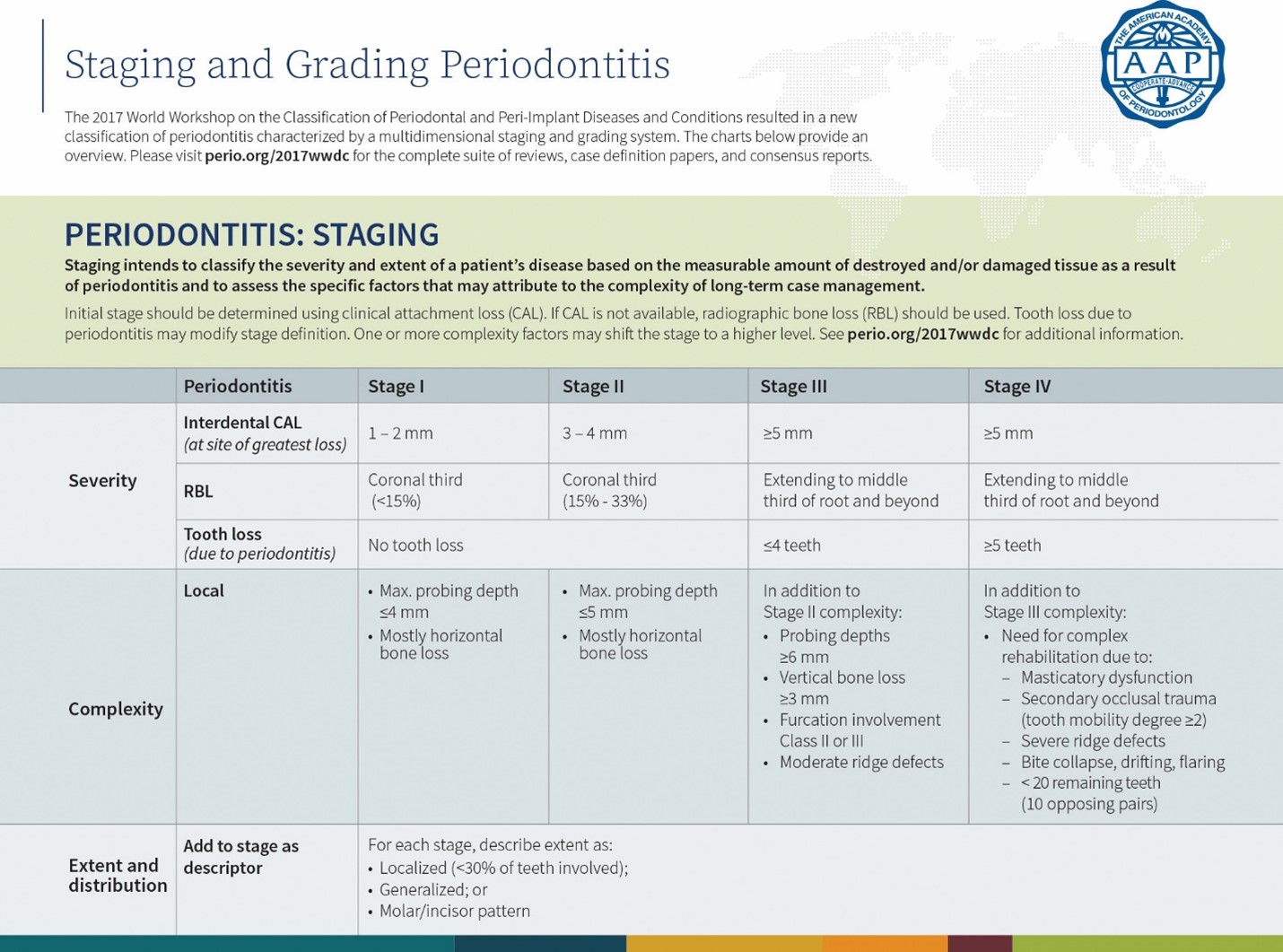
The goal of this article is to present you with two cases that could be interpreted as borderline. Our goal is to open the aperture of our diagnostic critical eye, because why would we allow our patients to progress into Stage II Periodontitis to finally catch our critical eye when we can increase diagnostic-sensitivity/specificity and provide early intervention by leveraging of technologies such as CBCT and Salivary Diagnostics?
To add clarity, there are differences between treatment modalities and diagnosis.
At our practice, the treatment modality mostly done for someone that suffers from periodontal disease is Salivary Testing, Scaling and Root Planning, Irrigation with Chlorhexidine, Laser Decontamination, and a Maintenance Schedule or a Perio Specialty Escalation. This procedural-set treats periodontal bacteria that is Scaling-resistant, Irrigation-resistant, and Decontamination-resistant across the root structures, the sulcular space, and the gingival tissue.
We leverage out of Salivary Testing to know the patient’s bacterial-load baseline, to understand the patient’s IL-6 genetic factor, and to add a quantitative microbiological parameter to our assessment of progression.
The following are two cases:
- Previous Intervention Methodology
- Current State and Management for the Early Onset Periodontitis Patient
Case I: Previous Intervention Methodology
Patient Information:
- Age: 20 years old
- Gender: Female
Dental Vitals:
- Blood Pressure: 128/88 mmHg
- Heart Rate: 64 bpm
Dental History:
- Last dental appointment: 1.5 years ago
- Flossing frequency: Every now and then
General Health:
- Currently under physician care: No
- Recent health changes: No
- Serious illness, operations, or hospitalizations: No
- Implants or prosthetics: No
- Medications/Drugs: None
- Pregnancy status: Not pregnant
Radiography:
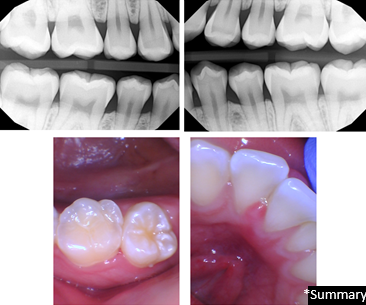
Perio Charting:
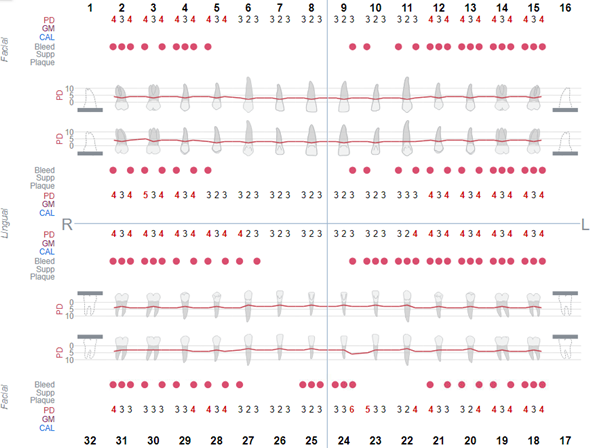
Treatment:
This patient was treated with a Prophylaxis and Irrigation because of the patient’s age and lack of subgingival calculus.
Post-Prophylaxis Images:
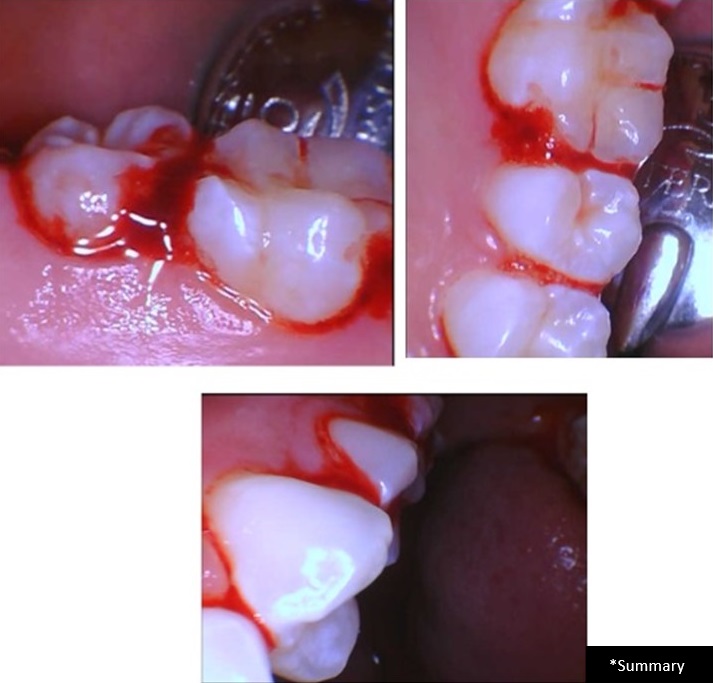
Delta from current best practices:
Building our critical eye to see bone loss at the bitewing level.
Assessing the CBCT to compare bitewing bone loss and 3D outlook.
Leveraging out of Salivary Diagnostics to understand the bacterial load and IL-6 status.
Realizing that Generalized Bleeding on Probing should incite curiosity to evaluate for Early Onset Periodontitis.
Result from previous intervention methodologies: Undertreatment.
Case II: Current State and Management for the Early Onset Periodontitis Patient
Patient Information:
- Age: 39 years old
- Gender: Male
Dental Vitals:
- Blood Pressure: 123/91 mmHg
- Heart Rate: 78 bpm
Dental History:
- Last dental appointment: 1.5 years ago
- Flossing frequency: Every now and then
General Health:
- Currently under physician care: No
- Recent health changes: No
- Serious illness, operations, or hospitalizations: No
- Implants or prosthetics: No
- Medications/Drugs: None
Radiography:
Please manipulate through the zoom button in your browser to evaluate objective data.
URQ
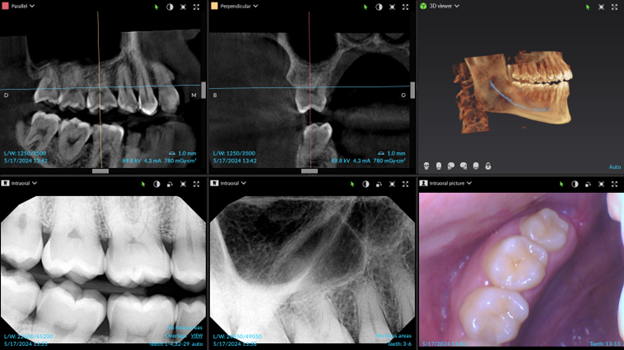
LLQ
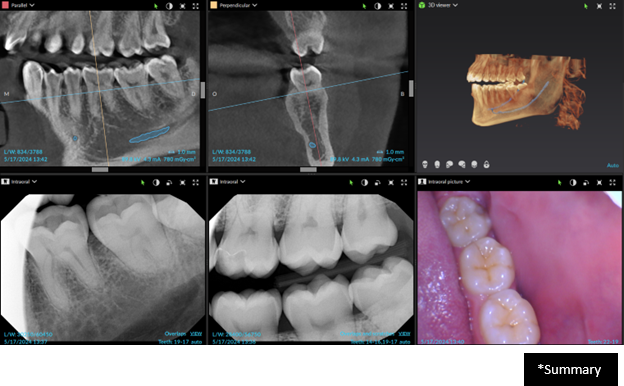
Perio Charting:
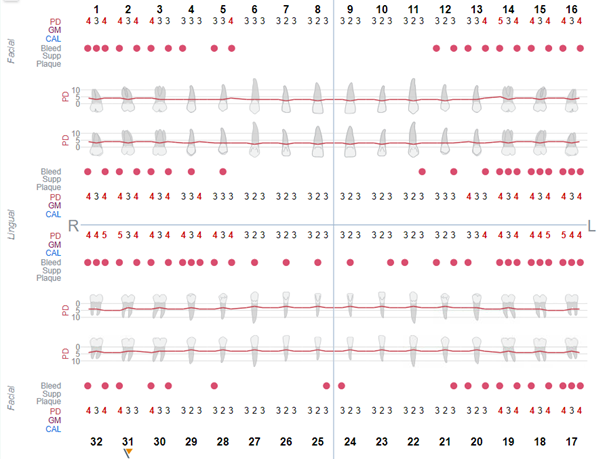
From our previous intervention methodologies, this patient would have been a prophylaxis and, perhaps, this patient would be managed this way in YOUR practice as well.
BUT, our office is now mindful of Early Onset Periodontitis within Stage I Periodontitis. Therefore, we treated this patient with our Periodontitis Procedural-Set.
Salivary Testing Findings (Baseline)
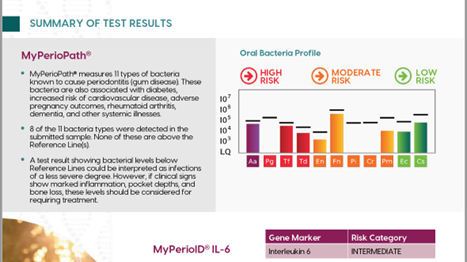
This patient, clinically appeared not too involved, has 2 bacterial families within the red complex.
Thanks to Salivary Testing and CBCT, we can truly refine our diagnostic sensitivity/specificity to manage Stage I more intentionally. I ask you again: Why would we allow our patients to progress into Stage II Periodontitis to finally catch our critical eye when we can refine our process and provide early intervention by the leveraging of available technologies?
My hope is that, considering these two borderline cases that clinically appear to lack advanced involvement, we pledge to commit to the highest level of diagnostic discernment. By emphasizing early intervention, we can prevent the irreparable damage that chronic periodontitis may cause to our patients.
- Revolutionizing Periodontal Disease Screening and Treatment with OFC and Alert 2™ Diagnostics - October 25, 2024
- Dr. Benavides: “Did We Overtreat: The Value of Proactive Intervention for the Periodontal Patient.” - August 23, 2024
- A Dental Detective Story – When a 102% Surge in Bacterial Load After Scaling Unveils a Horizontal Transmission Tale - April 5, 2024


